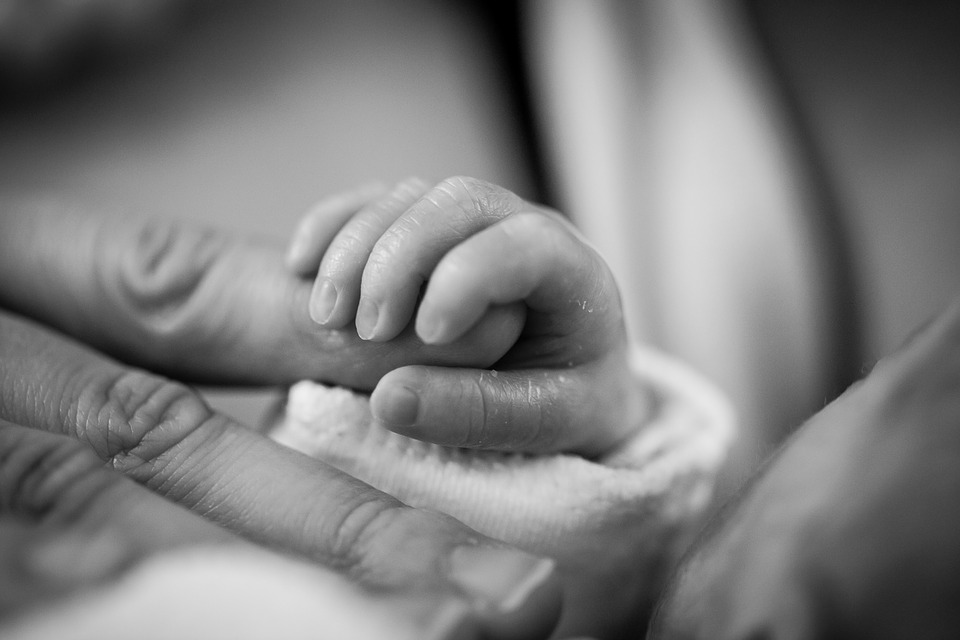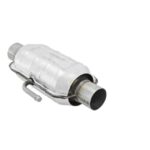Water birthing has become ever more popular in recent years, with it now being a common practice in more than a hundred countries across the globe. This birthing preference first gained popularity for home births, but now many hospitals can accommodate mothers with a desire for a water birth. A recent survey by Which Magazine reported that, in the UK, 20% of birthing mothers use water during labor, and 10% used a birthing pool for the entire birthing process.
There are always risks to mother and baby during childbirth. With greater awareness and education, expectant mothers, along with medical professionals, see the benefits of water birthing far outweighing the levels of risk that may be associated with it. So, how can it benefit mother and baby, and what are the risks?
Mother and the Natural Physics of Water
Being immersed in warm water has a naturally soothing effect on humans. It soothes and relaxes, whilst also aiding the body by increasing its energy reserves. This is an ideal state of wellbeing for birthing mothers. Water also provides buoyancy which helps to support the woman’s weight, this allows the body to focus maximum energy on the important job at hand.
Immersion in warm water is also known to reduce blood pressure, another big plus for mother. A warm buoyant environment also reduces the body’s production of stress related hormones. Being in a state of warm immersion will increase the production of endorphins which are the body’s natural pain inhibitors, vital during the process of childbirth.
For the birthing mother, another advantage is that the warm water helps to relax the perineum. This reduces the risk of tearing during the birth and the need for an episiotomy which would result in stitches, this improves the mother’s recovery time, post birthing.
For baby, water birthing can also be a positive. For 9 months baby has known only one environment, that of existing in the amniotic sac. To have that suddenly changed can be stressful, and to the detriment of the infant. A birthing pool offers a more gradual transition from the amniotic fluid, to warm water, to the open air. If baby is less stressed so too is the mother.
The Risks of Water Birthing
The British Medical Journal has stated that it is 95% confident in water birthing, but it should never be considered to be risk free. The risks can be limited by an appropriate appraisal of the expectant mother’s overall health. Some underlying medical conditions may make water birthing a less suitable option. This also applies to the unborn child. Should the unborn baby have been diagnosed with certain prenatal conditions it may be at greater risk from a water birth.
The birthing pool and all instrument and equipment should, obviously, be properly sterilized. However, even if the water used in the pool is sterilized, the outward expelling of infectious bacteria is unavoidable during childbirth. As a result, birthing in water means baby is being born into a potentially infectious environment.
Herpes Infection and Birthing
An expectant mother who is suffering with a vaginal herpes infection needs to gain professional advice. It is very likely that the healthcare experts will strongly advise against a water birth if the expectant mother has a herpes infection. The herpes virus transfers easily in water, thus during a water birth, baby is at risk.
Meconium Aspiration
This medical term refers to when baby has its first bowel movement prior to birth, contaminating the amniotic fluid. This will then be expelled into the birthing pool. Babies have an instinctive “dive reflex” which closes the airways whilst under water. There are, however, some circumstances where baby may attempt to take its first breath while submerged. This results in the child imbibing contaminated water, severely raising the risk of infection. The level of any infection will be directly related to the volume of contaminated fluid that baby has inhaled.
Pneumonia
There have not been any detailed studies to ascertain the exact figures of newborns contracting pneumonia that can be directly attributed to water birthing. But, within the medical profession, it is accepted that the risk does exist due to several factors. Pneumonia will normally manifest within the first 48 hours of life. It is essential that the water temperature is maintained between 95- and 100-degrees Fahrenheit. The newborn must be brought immediately to the surface after delivery. Bacteria from unsterilized instruments and equipment, fecal contamination and meconium aspiration all raise the risk of baby contracting pneumonia.
Drowning
Although very rare in water birthing, where there is water there will be a risk of drowning. Should there be unforeseen complications, and baby is underwater for too long, drowning or near-drowning asphyxiation is a possibility. There are no precise figures of water birth drowning, but the risk is considered to be very low.
Umbilical Cord Tears
Immediately on completion of delivery, baby will be brought to the surface. In any normal birth the umbilical cord is long enough to accommodate this. The length of the umbilical cord varies from baby to baby, but extremely short cords are rare. In a case of baby having a short umbilical cord, on being brought to the surface, there is a risk of the cord tearing or snapping. This is potentially life threatening. A snapped umbilical cord causes baby to bleed freely, and swift action is then required to stem the flow of blood.
Bringing a child into the world is a life changing experience for any couple, perhaps more so for the expectant mothers. It is important to look at, and understand, all the options that relate to giving birth to new life. Essentially, feeling comfortable and confident in the choice of birthing is the bottom line.
Expectant mothers, indeed couples, should always consult professionals, do research and ask questions. Satisfying any concerns, however trivial they may seem, will reduce potential stress and instill a more peaceful and confident attitude to the experience of giving birth, all to the wellbeing of mother and baby.
Water birthing is increasing in popularity across the world. It is certainly not something to be afraid of, it is simply a process that needs to be fully understood. Presided over by competent professionals, water birthing can be a wonderful experience for both mother and baby.
If you want to give water birth in Bangkok, Thailand, visit Samitivej Water Birth.




